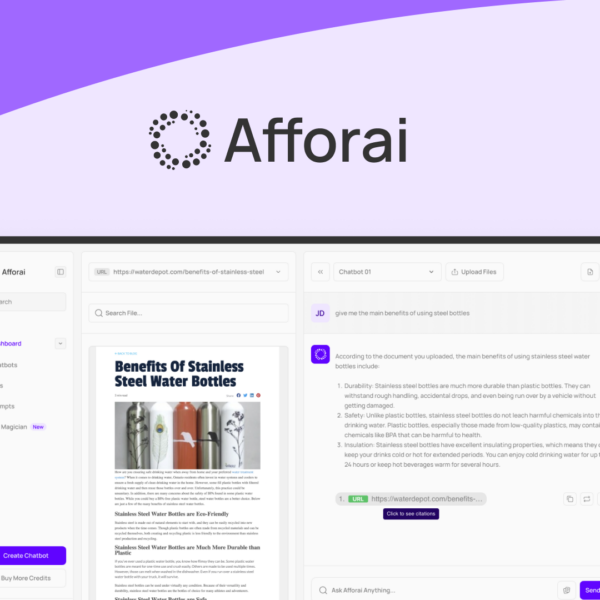Localization is more than just translation; it’s about making your product feel at home for users across the globe. Ever wondered why some apps thrive in Tokyo while others struggle? Let’s dive in!
Localization is crucial for SaaS businesses aiming to succeed internationally. It’s not just about translating words; it’s about adapting your product to fit different cultures and markets. When users see content that feels familiar, they are more likely to engage with your product.
Why Does Localization Matter?
Different regions have unique preferences, regulations, and languages. If your software is not tailored to these specifics, you risk losing potential customers. For example, colors and symbols have different meanings across cultures. A choice that works in one place might confuse or offend in another.
Building Trust with Users
When you localize effectively, you build trust with your users. They feel valued and understood. This connection improves user experience, leading to higher satisfaction and loyalty. Research shows that customers prefer using software in their native language.
Cost vs. Benefit
Some might see localization as an unnecessary expense. However, the benefits often outweigh the costs. Localized products can reach broader audiences and increase sales significantly. There are many successful companies that report growth after investing in localization.
Steps for Effective Localization
To start, identify key markets for your SaaS product. Work with native speakers to ensure the language and tone fit local expectations. Also, adapt customer support and marketing strategies to align with local practices. This comprehensive approach will enhance your overall impact.
Conclusion
Implementing localization can seem challenging, but it’s worthwhile. It allows your SaaS product to resonate with users globally. By making these adjustments, you can stand out in diverse markets and foster long-term relationships with your audience.



